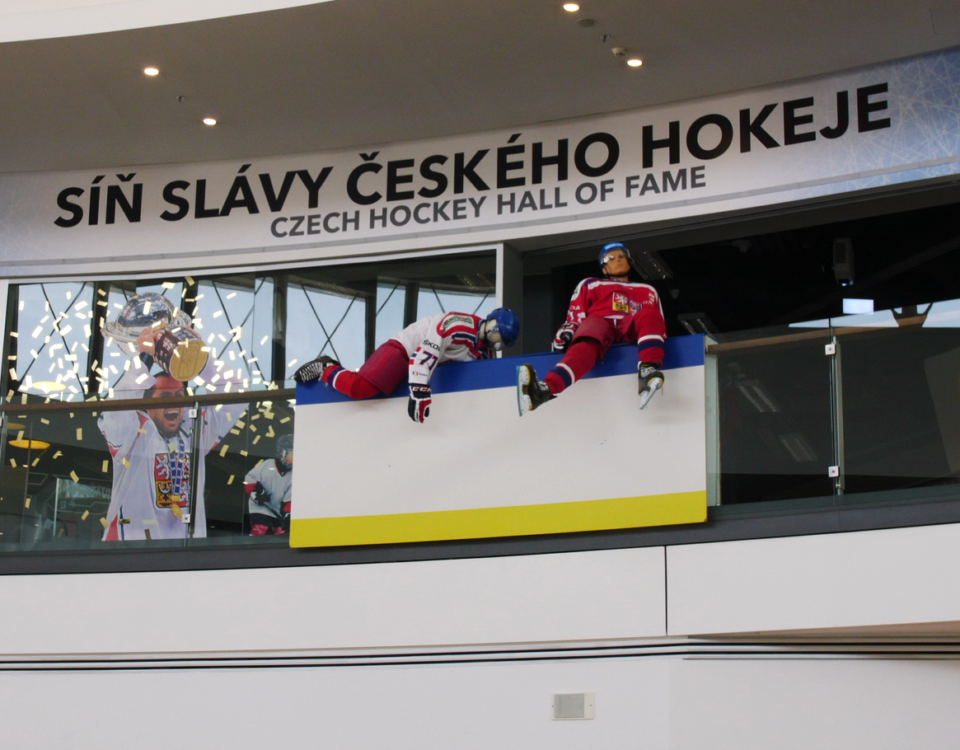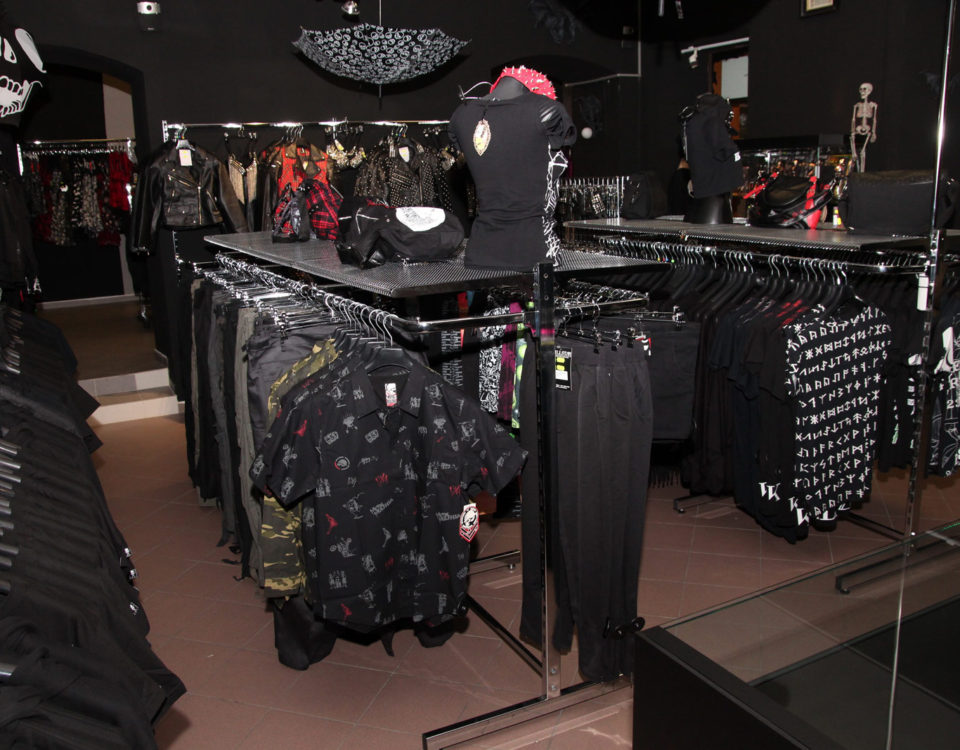- Your Online Prague Guide by locals – Follow us:
Clementinum (Klementinum)

City Palais
December 12, 2018
Dancing House (Tančící dům)
December 12, 2018Clementinum (Klementinum)
The extensive grounds of the Clementinum, one of the largest building complexes in Europe, were built from the mid-16th century to the mid-18th century, originally as a Jesuit dormitory. In its Astronomical Tower, meteorological measurements have been collected since 1775. The most beautiful hall of the complex is the Baroque Library with beautiful frescoes and historically valuable globes. The Mirror Chapel with its richly designed interior and unique installation of mirrors is a place where classical music concerts take place regularly.
Contacts
- Clementinum (Klementinum)
- Mariánské náměstí 5
- 110 00 Praha 1- Staré Město
- +420 733 129 252
- +420 222 220 879
Object history
Clementinum is the largest complex of buildings except for the Prague Castle (Pražský hrad). It is the first college in Prague where the Jesuits came in 1556. Ferdinand I called them up to Prague in order to help him in his Counter-Reformation effort. After arrival, they settled in a former Dominican monastery of St. Clement in the Old Town (Staré Město) next to the Charles Bridge (Karlův most). This small church later gave a name to the entire complex – Clementinum. In the period of recatholisation after the defeat of Bohemian Estates in 1620, there was a great building boom which continued till the middle of the 18th century. The Jesuit college complex of buildings was built on spacious grounds where previously stood 32 houses, seven courts, three churches, a monastery and several gardens. The college buildings stretched around five courtyards where were three churches (St. Salvatore, St. Clement and the Italian Chapel), two towers, schools, a college, a library, a theatre, an observatory and its own printing house. At first, the Jesuit College competed with Charles University. After 1622, under a guidance of the Jesuits, both schools joined, the Jesuits also joined the libraries and built rooms for them here. Since 1654 there had been Charles – Ferdinand University until its splitting into Czech and German at the end of the 19th century.
The Church of the Holy Savior (Kostel Nejsvětějšího Salvátora) was once the main Jesuit church in Bohemia. It was founded in 1578 on the walls of the Gothic Church of St. Clement. It was built gradually till the middle of the 17thcentury. The oldest part of the church is a chancel and a transverse nave, thereafter a three-nave with a marble portal were built and the stands were built and stuccoes were worked out above the lateral naves under the guidance of Carlo Lurago. Later, a Francesco Caratti designed a dome which was decorated with stuccoes by Jan Jiří Bendl, who also created the statues in a peristyle in front of the entrance where are the stuccoes by Giovanni Battista Cometa. As for the statues, there are: the Church Fathers, saints, Evangelists, Jesus Christ and the Virgin Mary. In 1714, František Maxmilián Kaňka adjusted the church towers. In the church there is an early Baroque confessional decorated with the statues of Twelve Apostles by Jan Jiří Bendl. On the main altar there is a painting by Jan Jiří Häring. The oval ItalianChapel of the Assumption of the Virgin Mary (Kaple Nanebevzetí Panny Marie) was built at the corner of the chancel by the builder Domenico Bossi in the years 1590 – 1597 by design of the architect Ottorino Mascarino. The chapel was built for the needs of Italians settled in Prague which fact explains its name Italian. The column entrance into the chapel in Karlova Street was built according to Kaňka’s design. This pointed entrance is also an entrance into the third church, The Church of St. Clement (Kostel Svatého Klimenta) from the years 1711 – 1715. This Baroque church is also built according to Kaňka’s design. Its exterior is simple, but its exterior is splendid. In the niches there are statues of the Church Fathers and Evangelists by Matthias Braun who also decorated with his sculptures six lateral altars, a pulpit, a confessional and an organ choir. On one of the altars there is a painting by Peter Brandl. The church has got one of the very best Baroque interiors in Prague.
Building of the oldest part of the college at the side of Křižovnická Street was commenced by Carlo Lurago in 1653, then Francesco Caratti and Giovanni Domenico Orsi continued until 1679 and it was finished in the 30’s of the 18thcentury by František Maxmilián Kaňka. In the years between 1924 and 1925, a two-storey wing at Křižovnická Street was raised on the third floor, designed by the architect Ladislav Machoň, and the space was projected for the needs of the university library. Ladislav Machoň worked under the guidance of Zdeněk Wirth. All building adaptations were carried out with a great sensitivity and achieved to combine a rare historical ambience with modern service and amenities. On the dormers towards Platnéřská Street were placed seven sculptures by Otto Gutfreund, which symbolize particular sciences. In addition, Jaroslav Horejc (ceramics) and Jaroslav Bend (painting) took part in the decoration.
Next to the Church of the Holy Savior there is a main portal which leads to the first courtyard. There is a statue of a Prague Student by Josef Max from the year 1847, which was built in memory of students defending Prague against the Swedes in 1847. In another courtyard there is an entrance to the present complex of the library. A charming courtyard is so called Wine courtyard in the middle of which is an early Baroque stone as a remnant of the first water supply system in Prague built by the Jesuits. There are six ancient sundials between the upper floor windows and there are seven more of them on the other places of the Clementinum complex. Clementinum thus has a total of 13 sundials. In 1622, the building of the Clementinum complex was finished. In the eastern wing there is a summer refectory (a present study) with rich stucco and large paintings by the Jesuit Kryštof Tausch. Behind a refectory there is a well-known Mirror Chapel with rich stuccoes into which the mirrors were fitted. In chapel there are four paintings by Václav Vavřinec Reiner. Nowadays, the chapel is a concert productions venue. In the last courtyard towards the MariánskéSquare is a memorial of the director of local observatory and astronomer Joseph Stepling in the shape of a Baby Cupid holding binoculars, created by Ignatz Platzer. It was made on the order of Maria Theresa. The courtyard entry in the eastern wing leads to the Mariánské Square and the passage is an entrance into the State Technical Library. The façade of this wing has a large portal combined with a balcony, above the window there is the heraldic stucco decoration from František Xaver Lederer. In the gable there is a sculpture of St. Ignatius by Matthias Braun. A statue of St. John of Nepomuk on the façade entrance to the complex from Karlova Street is also his artwork.
The Astronomical Tower rises above the buildings of Clementinum. Its architect is uncertain: maybe it was Maxmilián Kaňka, Kilian Ignatz Dientzenhofer or Anselmo Lurago. The tower is 52-meter high and 172 steep spiral stairs lead to its top. A giant lead statue of Atlas holding a globe rises on the tower dome. A tower entrance is next to the entrance into the Mirror Chapel. The tower history is closely related to university education in which mathematics and astronomy played an important role. Both, printed works and manuscripts of university astronomers reflect the high level of science at that time. Around 1750, astronomical and climatic observations and measurements began and the tower was fitted with astronomical instruments. The director of the observatory Joseph Stepling and the mechanic Jan Klein contributed to the development of astronomy the most. In 1775, Antonín Strnad commenced systematic records of meteorological and climatic measurements that continuously go on up to now. Yet, they started earlier in Berlin, but the measurements were interrupted for many years there, so the Clementinum has the world primacy. From 1842, the noon was announced from the Clementinum with a wave of flag which was between the years 1891 and 1926 or 1928 accompanied by a cannon shoot from Hradčany. After 1928, the astronomical observations were moved into a new observatory in Ondřejov. The time service remained on the tower till the occupation. Since 1926 the Clementinum has provide a time signal for the broadcasting of the Radiožurnál radio station.
Within the framework of the project Prague 2000 – the Europian City of Culture, the spaces of the Astronomical Tower as well as Baroque library hall were reconstructed and made accessible to public. The Baroque library is the most beautiful hall of Clementium. It was built 1722 by Kilian Ignatz Dientzenhofer and it is decorated with frescoes on the topic of Science and art. The illusory painting on the dome symbolizes the Temple of Wisdom. The author of the frescoes is Josef Hiebel. On the sides there are profiles of significant Jesuits and at the head of the library there is a painting of Joseph II, who enriched the Clementinum library with confiscated properties of abolished monastic libraries. Around the walls there is a gallery with a balcony with a forged railing. In the middle of the hall are placed ancient globes. According to the legend, the Jesuits brought with them a single book upon their arrival, but when they finish building the library, they had 20.000 volumes. After the abolishment of the Jesuit College in 1773, the archbishop seminary and a part of Prague University with an imperial library were placed here. As early as in 1777, the library was opened to the public as the Imperial and Royal Public and University Library. The library collections were rapidly growing. From 1782, all Prague printers had to hand in obligatory copies and after 25 years, this obligation spread to the entire territory of the Czech lands.
Today, the library is in use as the National library and has over 6 million books. The oldest book is the Vyšehrad Codex (Vyšehradský kodex), there is the Chronicle of Dalimil (Dalimilova kronika) in a pocket edition and there are books on dogmatics, hermetics, numerology and many other rare volumes.
Above the Baroque library there is the Meridian Hall where measurements and calculations were carried out. There are astronomical instruments and a string which is actually the Prague meridian, located more accurately than the one in the Old Town Square. From the Meridian Hall there are 65 wooden stairs to the tower gallery. Among other precious halls there are the Mozart Hall with the Rococo paintings, the Math Hall, the Hall of Manuscripts and a large hall with a stucco ceiling where there is a card catalogue at presence. Furthermore, there is the Music Hall with a stucco figurative vault with allegories of four faculties and the Rococo chapel with the altar of St. John of Nepomuk. However, these rooms are not usually accessible to public.
Clementinum is a national cultural monument.
Source: https://www.prague.eu/en/object/places/358/clementinum-klementinum



